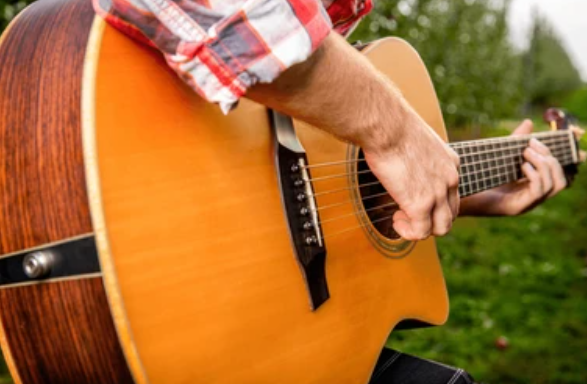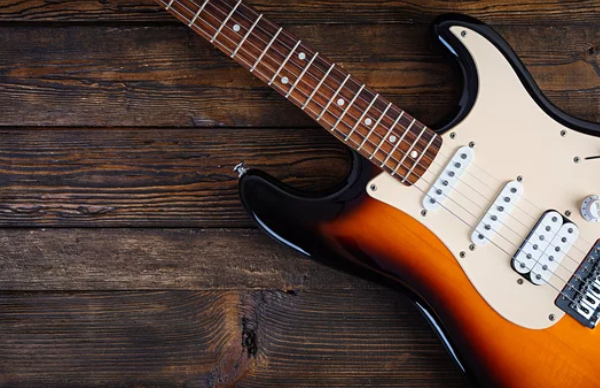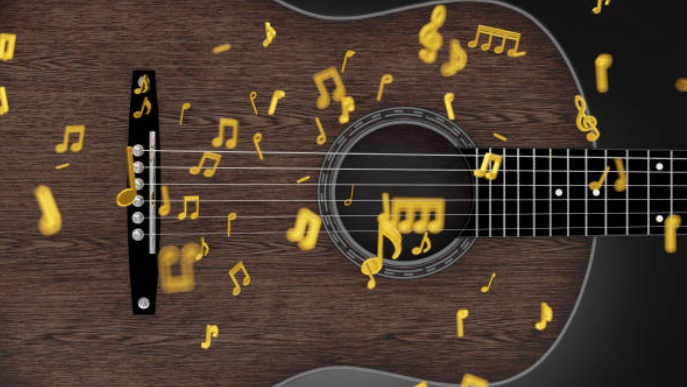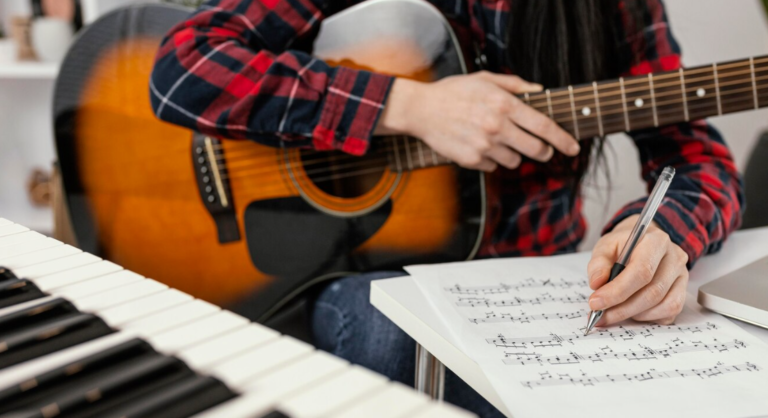Know It All About Chord Voicings on Guitar

When most guitarists start out, they learn the basics: open chords, a few barre chords, and maybe some simple scales. But as you progress, you’ll soon discover that there’s more to a chord than just its shape. Enter the world of chord voicings—a powerful concept that can transform your playing from basic to brilliant.
What Are Chord Voicings?
Chord voicing is essentially how you arrange the notes of a chord. While a chord consists of a set of specific notes, voicing decides the order and spacing of those notes on your fretboard. For instance, a simple C major chord (C-E-G) can be played in numerous ways across the neck, each with its own unique sound.
Voicings allow you to change the mood and texture of a chord without altering its fundamental character. Think of it like rearranging furniture in a room; the space is the same, but the vibe changes completely.
Why Are Chord Voicings Important?
- Adds Variety to Your Playing: Using different voicings keeps your music fresh. Instead of playing the same chord progression repeatedly, you can alter the voicings to add flavor and interest.
- Enhances Musical Expression: Voicings help you convey different emotions. A high, airy voicing can sound bright and cheerful, while a lower, tightly packed voicing might feel tense or melancholic.
- Improves Band Arrangements: When playing with others, using varied voicings allows you to occupy different sonic spaces. This helps you avoid clashing with other instruments and creates a more cohesive sound.
- Makes Playing Easier: Certain voicings can make complex chord transitions smoother, especially in fast-paced songs. This way, you maintain flow without compromising the harmony.
Common Types of Chord Voicings
- Open Voicings: Spread out the notes of a chord, often leaving one or more strings open. These voicings sound wide and are great for creating an expansive feel, like in folk or ballads.
- Closed Voicings: Pack the notes tightly together. Closed voicings are punchy and are often used in genres like jazz or funk, where rhythmic precision and compact sound are key.
- Drop 2 and Drop 3 Voicings: Popular in jazz, these voicings involve “dropping” the second or third note from the top an octave lower, creating a smoother, more spread-out sound that’s perfect for comping.
- Triads: Simple three-note chords that can be voiced in countless ways across the neck. Triads are foundational and versatile, used across all styles of music.
How to Practice Chord Voicings
- Learn Multiple Shapes: For each chord you know, find at least three different voicings across the neck. Practice switching between them to get comfortable with the variations.
- Use a Capo: A capo can help you explore different voicings by shifting the key without altering your fingerings. Experiment with how familiar chords sound when played higher up the neck.
- Play Along with Songs: Try playing along with recordings, and experiment with different voicings to see which ones fit best. This will train your ear and help you find the right voicing for the right moment.
- Create Your Own Progressions: Instead of sticking to standard progressions, experiment with new voicings to write your own music. This not only helps you learn but also sparks creativity.
- Record Yourself: Recording your practice sessions and listening back can reveal which voicings work well and which ones need adjustment. It’s a great way to refine your playing.
Final Thoughts
Chord voicings are a game-changer for any guitarist. They open up endless possibilities for creativity and expression, turning basic chord shapes into something truly magical. By exploring different voicings, you’ll find your unique voice on the guitar and add depth to your playing that goes beyond the ordinary.
So, grab your guitar, start exploring those voicings, and watch as your music comes to life in new and exciting ways!
If you’re interested in learning an instrument, at Real Brave, we offer an incredible experience like no other place in music lessons for kids and adults by guiding them from the beginning stages of getting to know an instrument all the way through performing for family and friends on stage. Our instructors come from all over the world, bringing extensive experience on a wide range of instruments. Click below to book a free lesson with us!
Author: Daniel Powers Jr, the founder of Real Brave™, serves as the chief inspiration to thousands of students in the Real Brave music instruction program. He’s also the visionary behind PracticePad™, an online platform for live one-on-one online music lessons, lesson tracking, and scheduling. Beyond his entrepreneurial pursuits, Daniel leads a non-profit organization that provides formerly homeless children with access to music education, making a profound impact on their lives. His unwavering dedication to music, innovation, and education continues to inspire individuals to reach their fullest potential while creating positive change in communities. Follow Real Brave on all the socials:
youtube.com/@realbraveinc
twitter.com/realbraveinc
https://www.tiktok.com/@realbraveinc
instagram.com/realbraveaudio
facebook.com/realbraveinc






